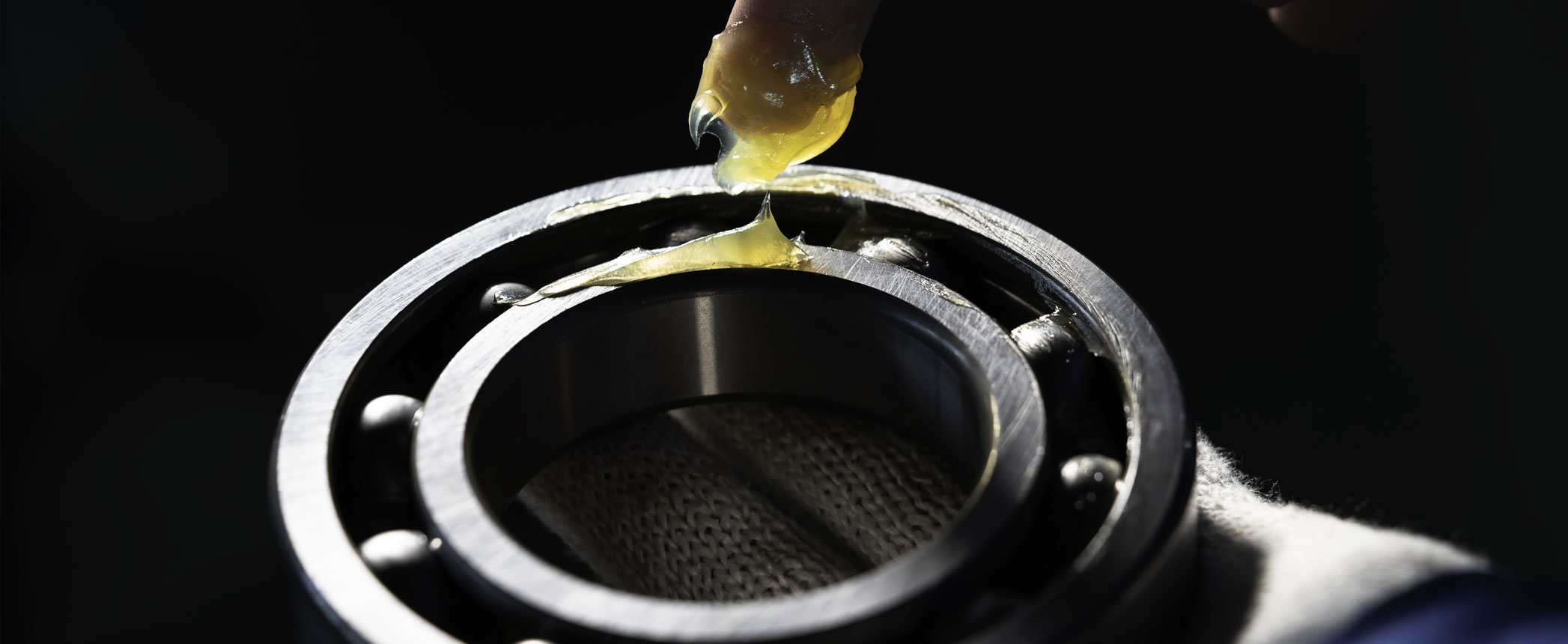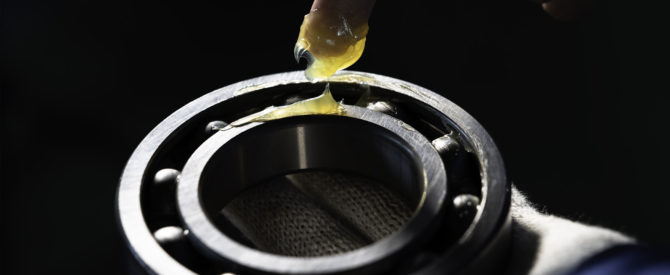
The National Lubricating Grease Institute has scheduled a January launch for a program to certify high-performance multiuse greases for industrial applications, partly in response to a longtime trend toward sealed-for-life components in the automotive industry.
Since 2015, NLGI has worked to update its certification program, which currently includes 306 products licensed by 85 companies. Most, 83%, have GC-LB certification, developed for use by automotive original equipment manufacturers and re-lubrication of wheel bearings (category G) and chassis systems and universal joints (category L). The NLGI Certification Mark on a package symbolizes compliance with ASTM D4950, Standard Classification and Specification for Automotive Service Greases.
ASTM issued D4950 in 1989 after collaborating with NLGI and SAE to develop test methods and to consolidate specs defined by individual automotive OEMs. ASTM has since modified and re-approved D4950, which is valid through 2024.
In 2015, NLGI’s board of directors formed a Grease Specifications Working Group to look into the status of GC-LB. Through open meetings at NLGI events and other research, it became apparent that use of GC-LB greases was widespread in the trucking industry, but greatly diminished in automotive applications where OEMs adopted sealed-for-life components. The working group also recognized that interest was shifting to greases with properties superior to GC-LB, a consequence of advances in materials, bearings, and machine technology.
In 2019, NLGI’s board of directors decided against modifying GC-LB and instead set its sights on a new program to certify high-performance multiuse greases for industrial applications. A steering committee was formed, and technical consultant Chuck Coe (Grease Technology Solutions LLC in Round Hill, Virginia) and business development manager Michael Kunselman (Center for Quality Assurance in Midland, Michigan) were hired to jointly lead it.
The result of their work – announced in a June 18 online presentation to more than 200 representatives from companies from the lubricating grease community – is a core specification for a high-performance multiuse grease and four sub-categories with enhanced performance for water resistance, corrosion resistance, low-temperature performance and high load performance. The steering committee also worked on a sub-category for long life but postponed launching it until test equipment and methods become available. Certification for a sub-category requires compliance with both core and enhanced performance specs. A grease product may be certified for one or more sub-categories.
In a March 2020 virtual workshop, 45 attendees from the United States, China, India and South America reviewed the draft specs. In response to feedback from attendees, the steering committee revised its draft to improve consensus. For tests where there was only a small amount of lab data available, organizers have begun to arrange “road testing” wherein various companies will evaluate candidate greases from their portfolios to substantiate the draft limits.
The core spec includes the 60-stroke cone penetration test and limits, D217 as in GC-LB but adds a 100,000-stroke test to evaluate structural stability, which is now recognized as a valuable property. The static corrosion prevention test, D1743, is unchanged from GC-LB.
The new core spec modifies limits of several tests in GC-LB: water washout (D1264), oil separation (D1742), four-ball wear (D2266) and extreme pressure (D2596). It also adds tests for oxidation stability (D942), oil separation (D6184), roll stability (D1831), dynamic corrosion (D6138) and copper corrosion (D4048).
The steering committee will road test a low-temperature torque test (D1478) and a new elastomer for the elastomer compatibility test (D4289) prior to finalizing the core spec.
All four sub-category specs include tests that are not part of GC-LB. Attendees challenged requirements for the high-load subcategory for extreme pressure (D5706) and fretting wear (D7594) tests with a high-frequency linear-oscillation test machine, known as SRV, due to its cost. Coe responded that commercial labs worldwide perform both tests. The steering committee plans to offer provisional certification for another fretting test (D4170); NLGI will not require D4170 data for certification to the high-load subcategory until ASTM addresses test variability.
The steering committee will road test the D8022 test for wet roll stability for the water resistance subcategory, the D2266 four-ball wear test for the high-load subcategory, and US Steel LT-37 test for grease mobility for the low-temperature subcategory to fine-tune their limits.
NLGI President Joseph P. Kaperick, of Afton Chemical Corp., said he expects that the Grease Specifications Steering Committee will fine-tune HPM specs as needed over the next few months. NLGI’s board of directors aims to approve them in September, and the organization’s headquarters and the Center for Quality Assurance will then publicize the certification ahead of a formal launch in January. He noted that licensing procedures will be similar to those for GC-LB, although the Center for Quality Assurance will assume responsibility for managing and auditing both certification programs.
—
Slides, draft specifications, and recordings of meetings regarding the development of the new HPM specifications are posted at https://www.nlgi.org/about-us/high-performance-multiuse-grease/
NLGI will provide a panel discussion and opportunity for attendees to ask questions about the new specifications on August 28 during NLGI’s (Virtual) Technical Week. Details are available at https://www.nlgi.org/news-events/nlgi-technical-week/

A mechanic applies grease to a bearing in an industrial application. The National Lubricating Grease Institute has scheduled a January launch for a program to certify high-performance multiuse greases for industrial applications.